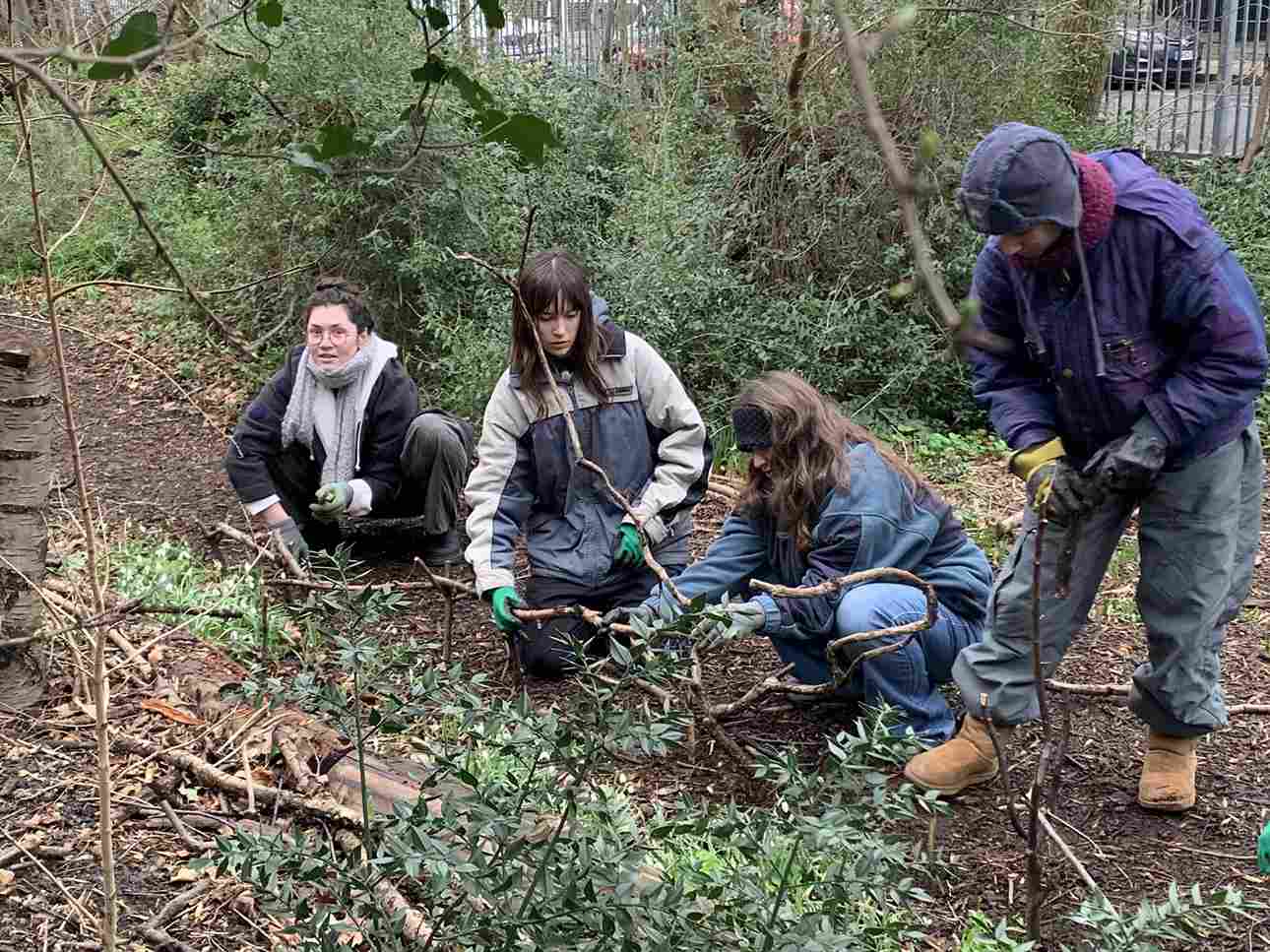.jpeg)
Student Transience and Community Belonging

Summary
Studentification is a large issue within University cities today. Commonly thought as the first step to gentrification, studentification is the process by which the sociospatial makeup of an area changes due to an influx of students from a nearby higher education provider. This issue commonly is treated as an ‘us v.s. them’ issue, pitting local communities and students against one another.
I argue that this isn’t how it should be. I hypothesise that the transient nature of being a student affects the ability to feel a sense of community belonging, and as such any opportunities for community integration. This then leads to the issues surrounding community resilience, cohesion and displacement students are typically blamed for.
This project opens dialogue between these groups, and in the process of doing so, finds some overarching problem areas stemming from student transience that could be tackled.
Approach and Methodology
In September, there is an increasing amount of change happening for students at higher education providers; from haggling deposits back, moving to completely new areas with new sets of people to beginning the new academic year at university. This study came to me from this context, whereby I was witnessing a disparity between my peers who hadn’t constantly moved throughout our time at university, and those that had.
This context was paired with moving to Peckham myself, an area in the midst of atypical urban regeneration stemming from gentrification - current Southwark council plans include creating large multi-story apartment housing (of which only 20% will be affordable) in the centre of Rye Lane, the cultural heart of Peckham. As well as having had multiple conversations with acquaintances involved in the save Brick Lane campaign. The impact the system surrounding student has on both students and local communities is a context I am inescapably embedded in - the study came from this.
The accessibility of this topic allowed for me to use ethnography as my qualitative method. I had already read a lot about studentification at this point; so sent out an invite to my social network to participate in my study. The ethnographic methods chosen were hyper-local demarcation (Joy White’s method involving analysing a local area through the overarching themes: town-planning, soundscapes, legislation and community) and intimate conversations which emerged authentically throughout the process of being taken around my friends’ homes and local areas.
From the ethnographic fieldwork, six themes emerged: Economic practice, recreation, decoration, amenity, maintenance and cleanliness and temporal artefacts. More information was then gathered on these six themes using a survey I created and sent through my social network. The results of this survey was then analysed using multiple linear regression and ANOVA testing for statistical significance of the relationship of each theme (as predictors) to community belonging and integration (as dependent variables).
Studentification is established as an interdisciplinary process. It encompasses four dimensions: Social, Cultural, Economic, and Physical. In this, interdisciplinary skills were of importance. To build upon the literature on studentification, I used separate resources from the disciplines: economics, sociology, psychology, anthropology, and urban geography.
Through using an exploratory sequential mixed methods design, my study had a natural progression and built upon itself as it evolved - the synthesis was organic and emergent through my findings; notably the cohesivity between my two methods and the literature read.
Proposal/Outcome
The study found that four themes had a significant relationship with belonging and integration. These were: Economic practice, recreation, decoration and amenity. Decoration and amenity are focussed more on the inside of the student home and economic practice and recreation focus on how in line out-of-home behaviours are with the local community.
As such, my product is a campaign strategy detailing an initiative that LIS could use to integrate its students into local communities, so that students feel a sense of belonging towards Tower Hamlets.
Beyond Outcomes
Hard thought pays off! Thinking through something deeply, being as aware as you can about the content you’re researching and working with your work rather than against it gives the most impactful results!
All of this has given me work I am proud to stand behind, regardless of final grade.
Want to learn more about this project?



Overall LIS Journey
Other Related Projects
Back to the repository


- A Pilot Based on Heathrow's Sustainability Goals

.svg)






